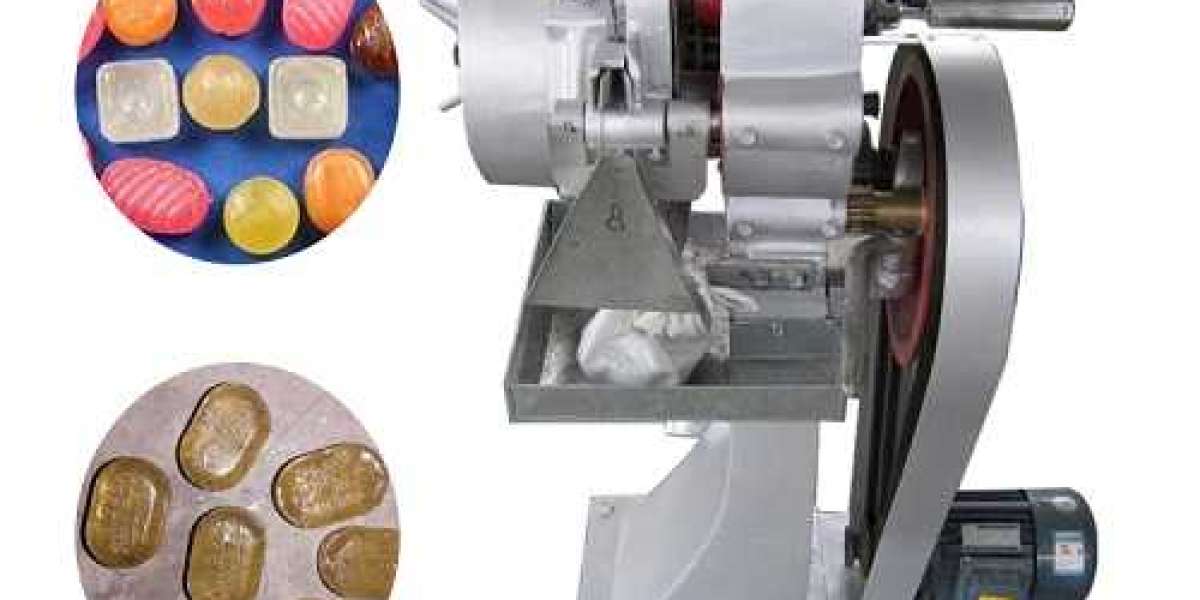Introduction
Candy has been a beloved treat for generations, bringing joy and sweetness to people of all ages. Behind the scenes, candy making has evolved significantly, with the introduction of cutting-edge technology revolutionizing the way our favorite confections are produced. In this article, we will delve into the fascinating world of candy making machine, exploring how they work and the impact they have on the candy industry.
The Evolution of Candy Making Machines
Historically, candy making was a labor-intensive process, relying on skilled artisans to craft each piece by hand. As demand for confections grew, the need for efficiency led to the development of early candy-making machines in the late 19th century. These machines automated some of the more repetitive tasks, such as mixing, molding, and wrapping.
However, it wasn't until the mid-20th century that candy making machines truly began to shine. Technological advancements allowed for precise control over temperature, humidity, and ingredient ratios, resulting in consistent and high-quality candy production.
Types of Candy Making Machines
Batch Cookers: These machines are used in the initial stages of candy production. They mix and cook the basic ingredients, like sugar, corn syrup, and flavorings, to create a uniform and smooth mixture.
Extruders and Depositors: These machines are responsible for shaping the candy. Extruders force the candy mixture through shaped nozzles to create specific forms, while depositors release pre-measured amounts of the mixture onto a conveyor belt for further processing.
Cooling Tunnels: After shaping, candies often need to cool and solidify. Cooling tunnels use controlled airflow and temperature to ensure candies maintain their desired shape.
Enrobing Machines: These machines coat candies with a layer of chocolate, caramel, or other coatings. They provide a consistent and even coating, enhancing both the taste and appearance of the candy.
Wrapping Machines: Once the candies are shaped and coated, wrapping machines package them in various materials, including foil, plastic, and paper. These machines can handle a wide range of shapes and sizes.
Packaging Equipment: These machines handle the final packaging process, placing wrapped candies into boxes, bags, or containers for distribution.
Benefits of Candy Making Machines
Consistency and Quality: Candy making machines ensure that each piece of candy is virtually identical in taste, texture, and appearance, meeting high-quality standards.
Increased Production Capacity: These machines can produce candies at a much higher rate than manual labor, allowing candy manufacturers to meet growing demands.
Efficiency and Cost-Effectiveness: Automation reduces the need for a large workforce, saving on labor costs. Additionally, precise ingredient measurements and reduced waste contribute to cost savings.
Customization and Innovation: Advanced candy making machines can be programmed to create a wide variety of shapes, sizes, and flavors, allowing for innovation and customization in candy production.
Hygiene and Safety: Candy making machines are designed to meet strict sanitation standards, ensuring that the end product is safe for consumption.
Conclusion
Candy making machines have come a long way since their inception, playing a pivotal role in the modern candy industry. Their ability to combine precision, efficiency, and innovation has allowed candy manufacturers to create an astonishing array of confections that continue to delight candy lovers worldwide. As technology continues to advance, we can only imagine what sweet innovations lie ahead in the world of candy making.







